15 Peaceful Destinations Where You Can Truly Unplug

Ever feel like your brain has too many tabs open? You’re not alone. In a world that never stops buzzing, finding silence—real, soul-soothing silence—is like discovering buried treasure.
I’ve learned that true rest doesn’t come from a weekend on the couch with Netflix running in the background. It comes from stepping away, breathing deep, and letting nature do what it does best—heal and ground us. Whether it’s a cabin in the forest, a quiet desert retreat, or an off-grid island, these 15 destinations give you permission to unplug and just be.
So if you’ve been craving a reset, keep reading. One of these peaceful hideaways might just be the digital detox your mind’s been begging for.
1. Faroe Islands’ Hidden Valleys

Nestled between Iceland and Norway, these misty islands feel like stepping into a fairytale. The rolling green valleys surrounded by dramatic cliffs create natural boundaries that cell signals simply can’t penetrate.
Locals embrace a slower pace of life, where conversations happen face-to-face rather than through screens. You’ll find yourself naturally disconnecting as you hike past cascading waterfalls and colorful villages.
Many guesthouses intentionally limit WiFi to common areas, encouraging visitors to spend evenings playing cards, sharing stories, or simply watching the ever-changing northern sky.
2. Amish Country, Pennsylvania
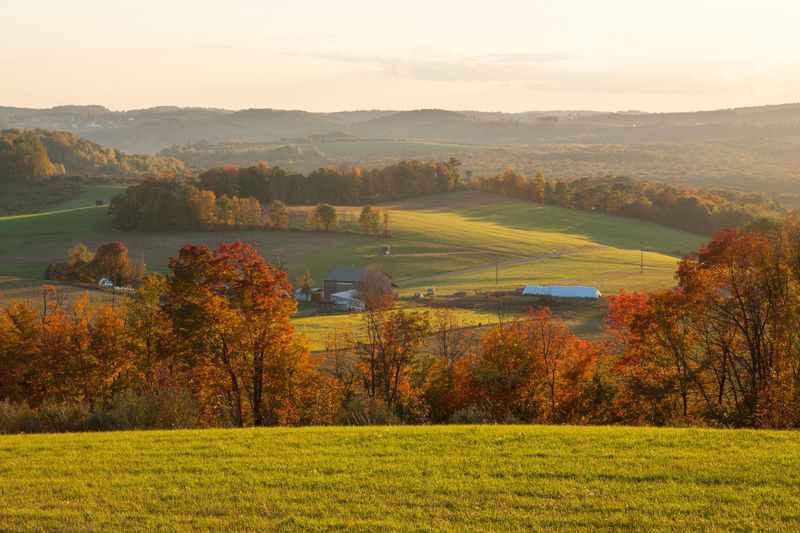
Stepping into Lancaster County feels like traveling back in time. Horse-drawn buggies clip-clop down country roads while windmills turn lazily in the breeze. The Amish community has thrived for centuries without electricity or modern technology.
Farmstays offer the rare opportunity to experience this tech-free lifestyle firsthand. You’ll rise with the roosters, help with morning chores, and enjoy meals made entirely from farm-fresh ingredients.
Without the constant ping of notifications, you’ll rediscover simple pleasures—watching fireflies at dusk, the satisfaction of physical work, and conversations that unfold without digital interruptions.
3. Koya-san Buddhist Retreat, Japan
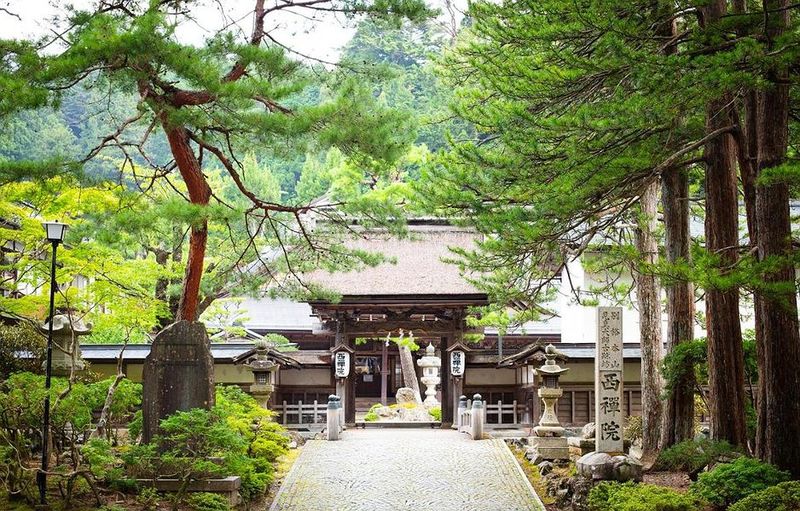
High in Japan’s forested mountains sits a 1,200-year-old Buddhist sanctuary where time seems suspended. Monks invite travelers to stay in traditional temple lodgings called shukubo, where simplicity reigns supreme.
Morning begins before dawn with meditation sessions, followed by vegetarian meals so mindfully prepared they become a form of meditation themselves. The ancient cedar forests surrounding the mountain town create a natural cocoon, blocking out modern distractions.
Days unfold according to the temple’s gentle rhythms—not your smartphone’s alerts. Many guests report that after just two days here, they stop reaching for devices altogether.
4. Hornby Island, British Columbia
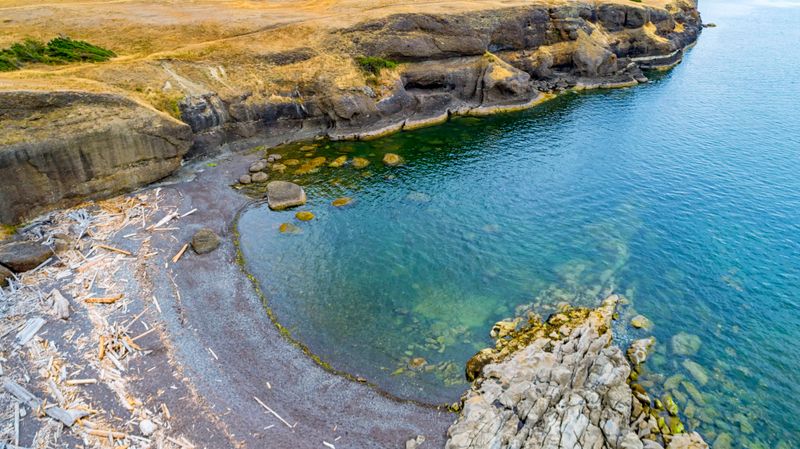
Just reaching this tiny Canadian island requires intention—two ferry rides separate it from mainland conveniences. The reward? A place where residents have deliberately chosen a lifestyle that prioritizes community over connectivity.
Many homes operate on solar power, with limited internet access by design. Instead of scrolling through social media, you’ll find yourself browsing through the island’s famous artisan studios or swimming in bioluminescent waters.
Summer evenings often feature impromptu beach gatherings where strangers become friends over driftwood fires. The island’s limited accommodation options—mostly small cottages and campsites—further encourage a return to simpler pleasures.
5. Gal Oya National Park, Sri Lanka

Hidden in eastern Sri Lanka, this lesser-known national park offers wilderness experiences far from the beaten path. The centerpiece is a massive reservoir where wild elephants swim between islands—a sight few tourists ever witness.
Mobile reception disappears almost immediately upon entering the park boundaries. The only lodge within the protected area runs entirely on solar power, with electricity available just a few hours daily.
Evenings are spent on candlelit terraces, listening to naturalists share stories of wildlife encounters. Morning boat safaris glide silently through mist-covered waters, where the only sounds are bird calls and the gentle splash of elephants crossing the lake.
6. Polebridge, Montana

At the remote northern edge of Glacier National Park sits a tiny settlement that electricity forgot. The handful of buildings operate entirely off-grid, with the famous Polebridge Mercantile bakery using propane to create their legendary huckleberry pastries.
Accommodations are rustic by necessity—cabins lit by oil lamps and warmed by woodstoves. What you’ll gain instead is front-row access to some of America’s most pristine wilderness without the crowds found elsewhere in the park.
Bears outnumber cell towers (there are none), and the night sky explodes with stars undiminished by light pollution. The Northern Lights often make appearances, providing natural entertainment far superior to any streaming service.
7. Tristan da Cunha

If complete disconnection is your goal, consider the world’s most remote inhabited island. Located 1,500 miles from the nearest continent, this volcanic outpost in the South Atlantic is home to just 250 residents who have mastered the art of self-sufficiency.
Internet access arrived only recently and remains extremely limited and expensive. Mail comes by ship just nine times yearly. This extreme isolation creates a unique community where everyone knows everyone, doors remain unlocked, and visitors are treated like family.
While challenging to reach (requiring a six-day boat journey from South Africa), the island rewards travelers with pristine landscapes, colonies of rare seabirds, and a glimpse into a way of life largely unchanged for centuries.
8. Tassajara Zen Mountain Center, California
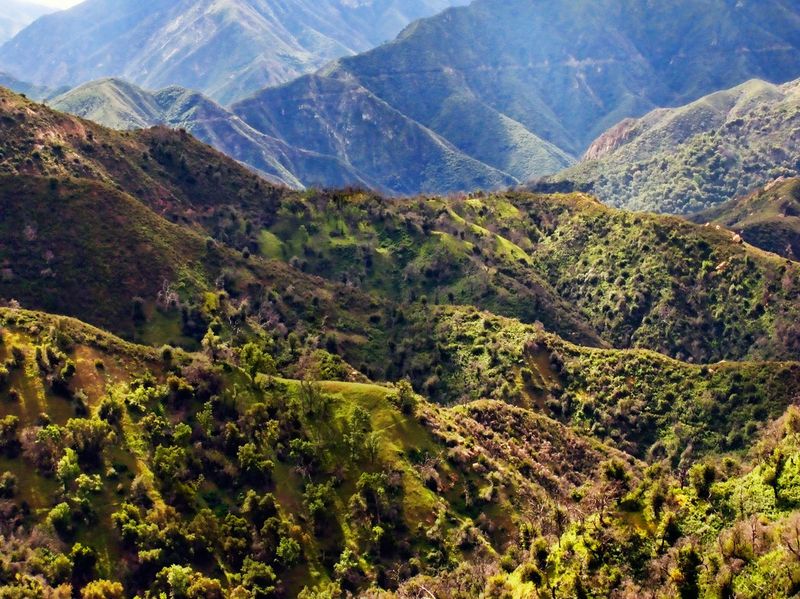
Hidden deep in the Ventana Wilderness, this monastery opens to non-practitioners each summer. The 14-mile unpaved road to reach it serves as a physical metaphor for leaving the digital world behind—many call it the most challenging part of the journey.
Once arrived, you’ll find a place where hot springs, meditation halls, and stunning nature replace technology. Electricity is limited to a few hours daily, and there’s absolutely no cell service or WiFi.
Days follow a gentle structure of optional meditation sessions, soaks in the healing waters, and family-style vegetarian meals. Many guests report that after the initial discomfort of disconnection passes, they experience profound mental clarity and creative insights.
9. Vipassana Silent Retreat, Various Locations

For the ultimate mental reset, consider a 10-day silent meditation retreat where not only technology but speaking itself is prohibited. These centers exist worldwide, operating on donation basis, making them accessible to anyone willing to commit fully to the practice.
Upon arrival, you surrender all devices, books, writing materials—anything that might distract from turning attention inward. Days follow a strict schedule beginning at 4:30am, with up to 10 hours of meditation practice.
While undeniably challenging, participants often describe these retreats as life-changing. Without external stimulation, the mind eventually quiets, offering insights impossible to access amid our normal digital chaos.
10. Daintree Rainforest Ecolodges, Australia
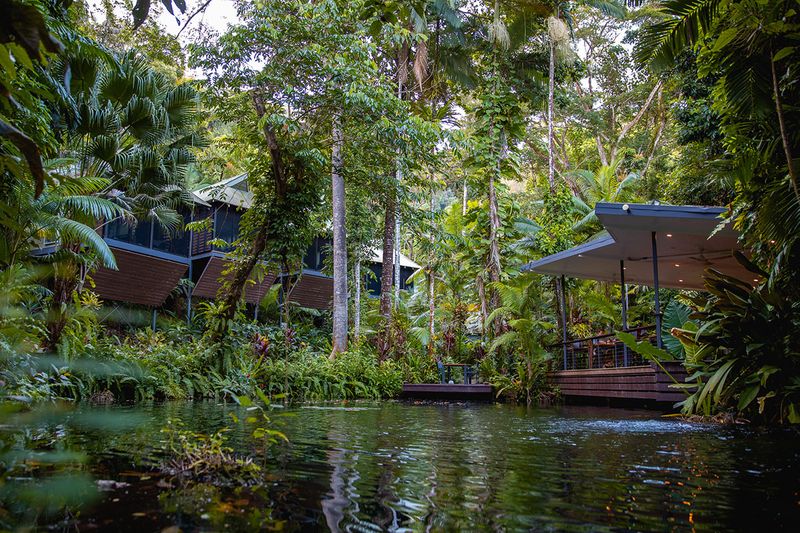
Where ancient rainforest meets coral reef, Australia’s Daintree offers a rare digital detox in primeval surroundings. This 180-million-year-old ecosystem is the world’s oldest surviving rainforest, with limited electricity and virtually no reception.
Eco-lodges here are designed to disappear into the landscape—solar-powered treehouses and cabins with walls that open completely to the surrounding jungle. The soundtrack of your stay becomes bird calls, rainfall on leaves, and the distant crash of waves.
Guided night walks reveal glow-in-the-dark mushrooms and sleeping birds, while days might include swimming in freshwater pools beneath waterfalls so secluded you’ll likely have them entirely to yourself.
11. Nordenskiöld Lodge, Svalbard

At the edge of a glacier in the Arctic wilderness sits Europe’s most remote hotel. Accessible only by boat in summer or snowmobile in winter, this former hunting cabin offers five simple rooms with no electricity, running water, or connectivity of any kind.
What you’ll find instead is polar silence so complete you can hear ice crystals forming. Days follow the rhythm of nature—summer brings midnight sun perfect for glacier hikes, while winter offers darkness ideal for northern lights viewing.
Meals are prepared on a wood-burning stove, and evenings are spent playing board games by lamplight. The complete absence of digital distraction makes this the perfect place to experience what true Arctic silence feels like.
12. Yoga Retreats in Rishikesh, India

Known as the yoga capital of the world, this Himalayan city straddling the sacred Ganges River offers countless ashrams where digital detoxing comes naturally. Many traditional centers maintain strict no-technology policies, creating spaces purely for inner exploration.
Morning begins with the sound of temple bells rather than alarm clocks. Days follow a structured rhythm of yoga practices, meditation sessions, and vegetarian meals eaten in contemplative silence.
The surrounding mountains create natural barriers to consistent cell service, while the city’s spiritual significance encourages visitors to seek connection with something deeper than social media. Even budget-friendly ashrams offer authentic experiences where disconnection becomes a pathway to reconnection.
13. Fogo Island, Newfoundland
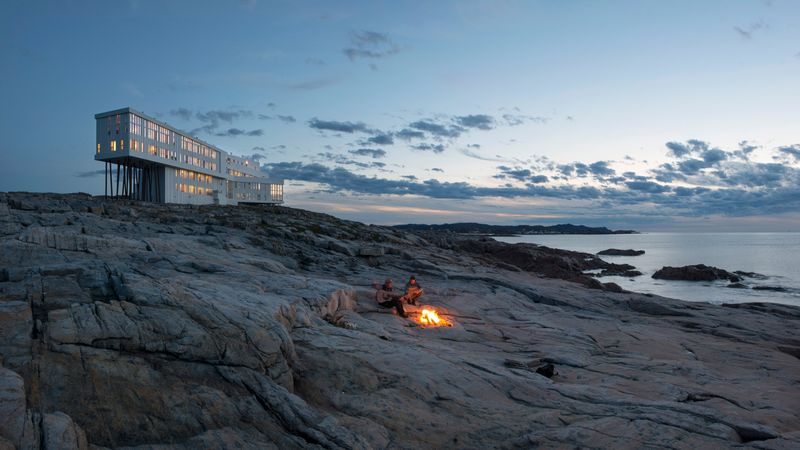
Off Canada’s easternmost province sits a rugged island that has transformed isolation into an asset. Once a struggling fishing community, Fogo now attracts travelers seeking authentic connection through its artist residency programs and award-winning architecture.
The island’s famous inn was designed specifically to encourage digital disconnection. Floor-to-ceiling windows frame dramatic ocean views, while the absence of televisions nudges guests toward the library, community interactions, or simply watching icebergs drift by.
Local hosts offer “community host experiences”—opportunities to forage, fish, or craft alongside islanders who’ve maintained traditional skills through generations. The harsh beauty of the landscape itself becomes a natural antidote to screen addiction.
14. El Chaltén, Patagonia
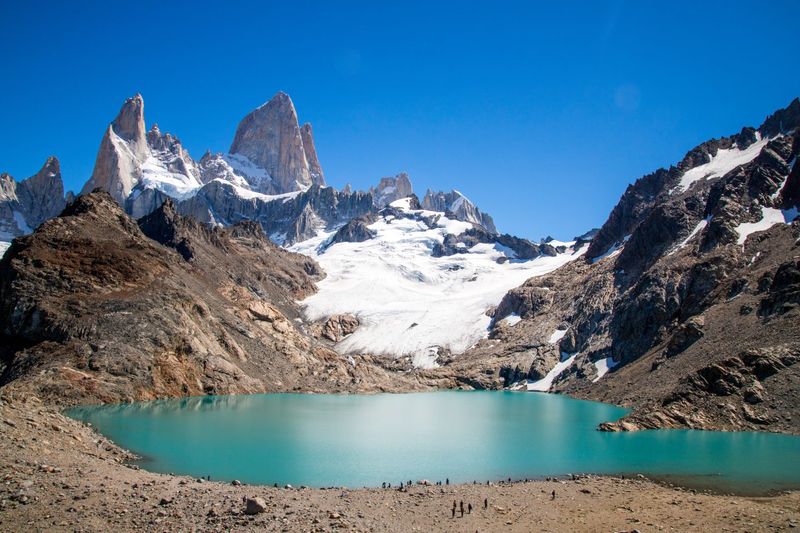
Argentina’s youngest town doubles as its trekking capital, offering wilderness experiences with minimal connectivity. Nestled at the foot of the iconic Mount Fitz Roy, this tiny settlement of colorful buildings serves as gateway to some of Earth’s most dramatic landscapes.
Most accommodations offer intentionally limited WiFi, encouraging guests to spend days on the trail rather than online. The town’s remoteness means electricity sometimes fails during storms, creating enforced digital breaks.
What replaces screen time is equally engaging—watching condors soar over glacial lakes, sharing trail stories with fellow hikers from around the world, or simply marveling at how mountains turn fiery orange at sunset.
15. Petit St. Vincent, Caribbean

This private island resort in the Grenadines operates on a charmingly analog system. With no phones, TVs, or WiFi in rooms, communication happens via colored flags raised outside your cottage—yellow for service, red for privacy.
The 115-acre island has just 22 scattered cottages, each designed to maximize privacy and connection with the surrounding nature. Guests often report losing track of time completely, measuring days by tides and sunsets rather than notifications.
Without digital distractions, simple pleasures take center stage—following turtle tracks on empty beaches, snorkeling among untouched reefs, or enjoying candlelit dinners with your feet in the sand.
